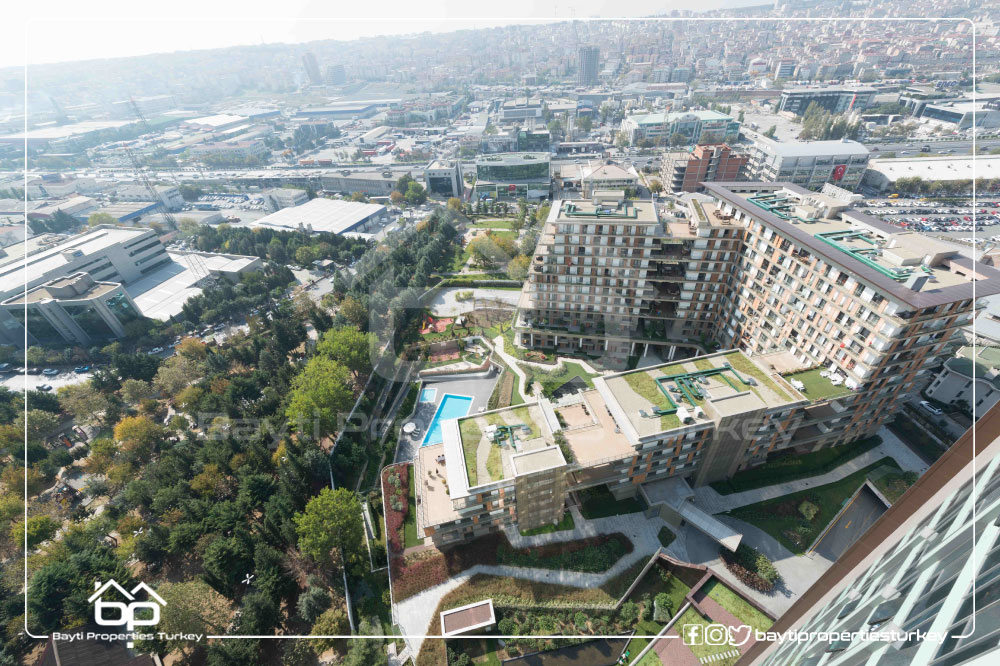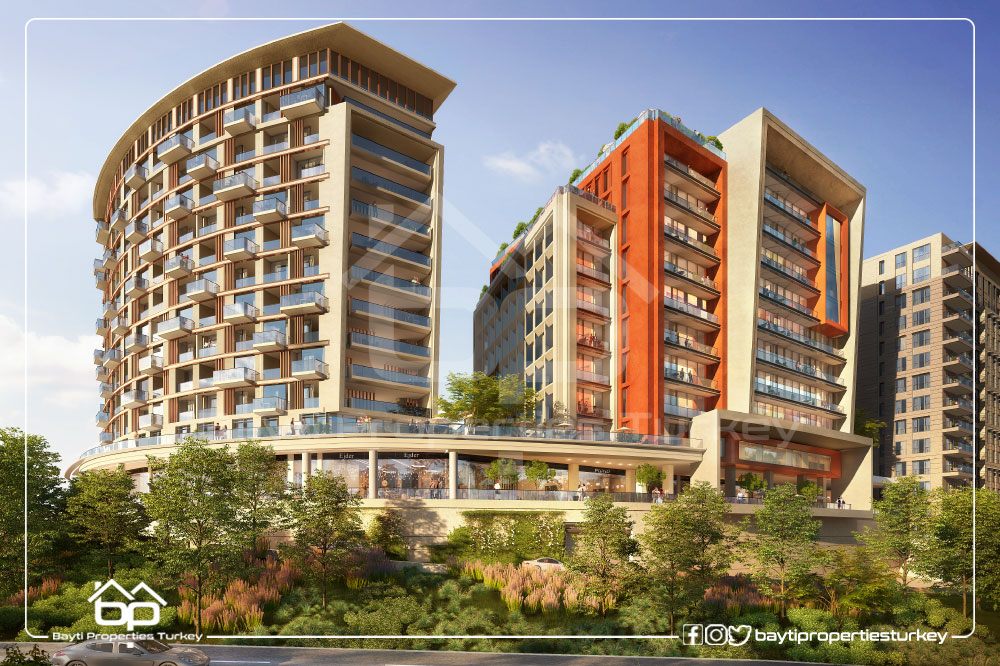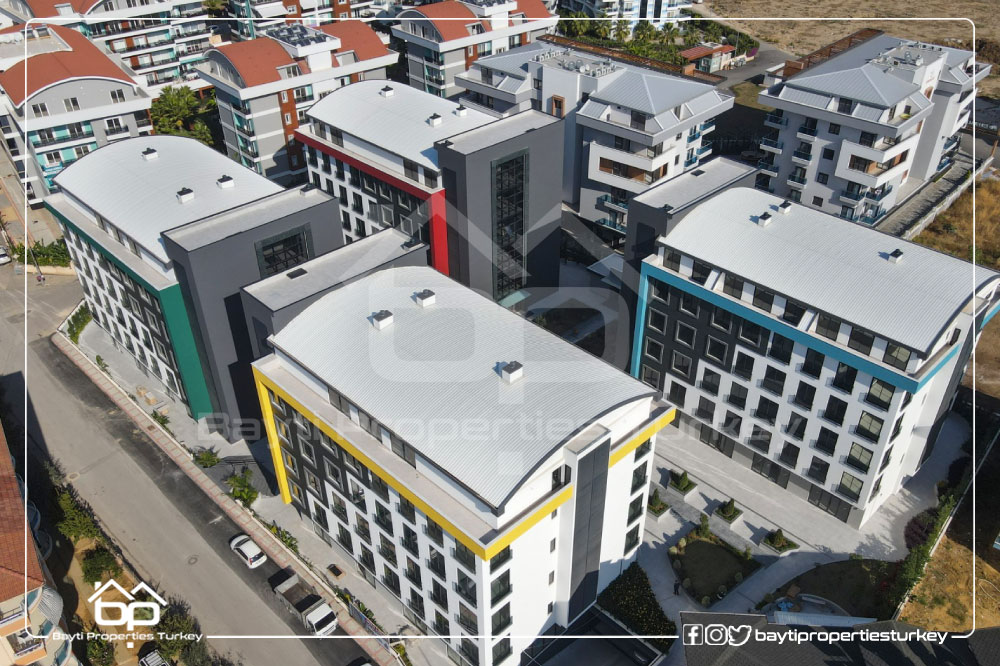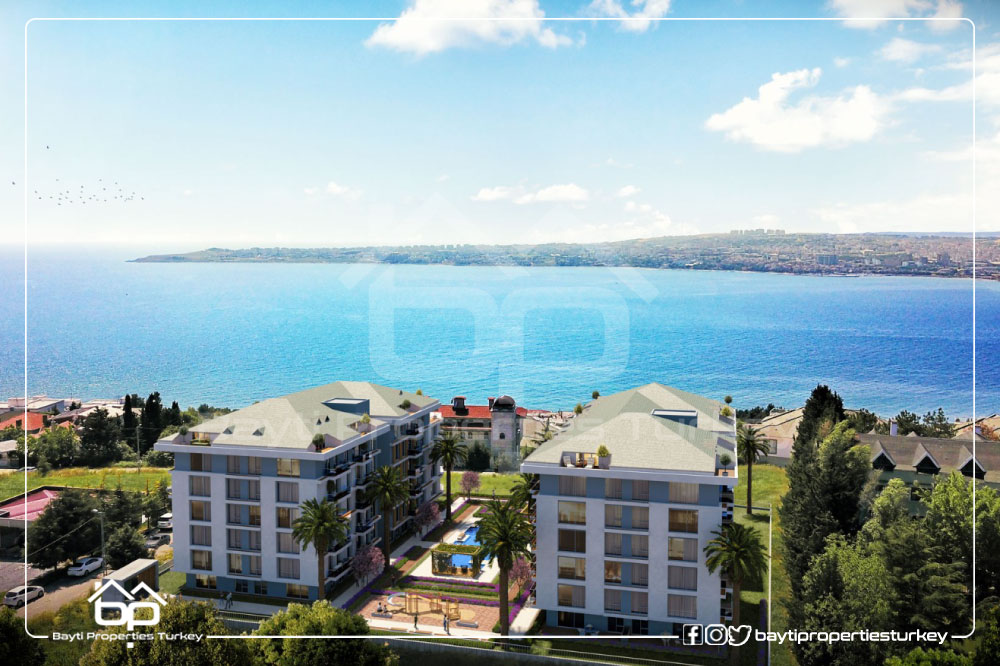Distinctive attractions in Asian Istanbul
Asian Istanbul represents the beating heart of Anatolia
It was and still enjoys great importance in Turkey for several reasons. Like the European section, the Asian section of the city contains many important tourist attractions, including:
Haydarpaşa station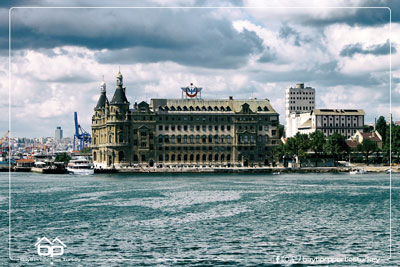
The construction of the station began in 1872 during the reign of Sultan Abdul Hamid II, to be completed completely in 1908
It was the main station of the well-known Hejaz railway and an extension of those in Damascus and Baghdad today.
The station was named after the brave Ottoman military leader “Haydar Pasha”, who was known for his heroism and loyalty to the Ottoman Empire during the reign of Sultan Selim III.
They named the place in honour of him and his achievements.
A German company contributed to the construction of the station, and a port was added for loading goods to it, with the approval of Sultan Abdul Hamid himself. The company participated in the inauguration and opening of the station.
It was built in the eastern-western architectural style, as it was built during the period of openness to Europe
Its lighthouses and walls are distinguished by western baroque design, and its domes and decorations bear the eastern Ottoman Islamic character.
Over time, the station, like the rest of Istanbul’s buildings, was destroyed several times
The most important of which is the explosion that it was exposed to in the First World War. It was completely restored in 1983 to take its final shape, and this was done under the supervision of German engineers as well.
In 2010, it was exposed to the famous fire, which completely destroyed its roof, but it remained steadfast despite all that.
Then work in the station stopped completely in 2012 to be reopened later and converted into a station for the express train.
Haydarpasa Station, which is today’s express train station, is located in Kadikoy, directly overlooking the sea
Baghdad Street
It was of great importance before the conquest of Constantinople, due to the importance of its location, as it linked Anatolia to Byzantium for trade and military purposes.
As for the reason for its name, it is due to the fact that it is the point where the Ottoman armies gather before they launch battles. It was named during the reign of Sultan Murad IV in 1638 AD when the armies that launched from it, seized Baghdad on the same date.
Baghdad Street reached the height of its prosperity during the reign of Sultan Abdul Hamid II, as it became the main centre for the wealthy class. The wealthy Ottoman families were keen to buy land and build their homes in it near the Sultan’s Palace
But most of it was removed and only a few remain today.
The street was organised in 1918 AD and decorated with cobblestones “Arnaout stones”, which were later removed and replaced with asphalt to facilitate the movement of vehicles.
Today, the Parisian character has prevailed on the street, as is the case with its counterpart on the European bank, “Istiklal Street”, and it is filled with the most important international brands. And the finest cafes and restaurants of the famous Turkish cuisine and others
But the impact of the Ottoman civilization remained on it through the streams and places of prayer scattered along its length, which date back to the Ottoman era.






